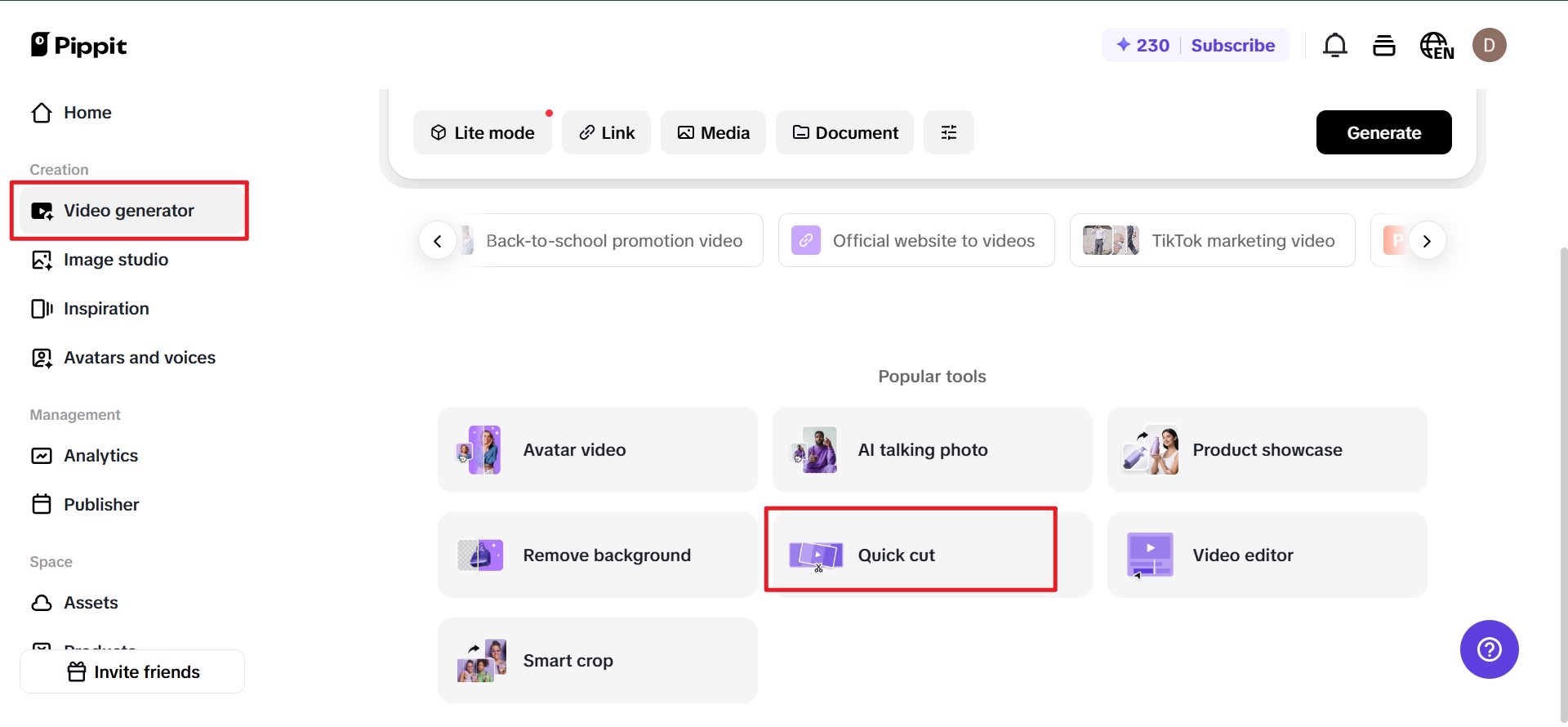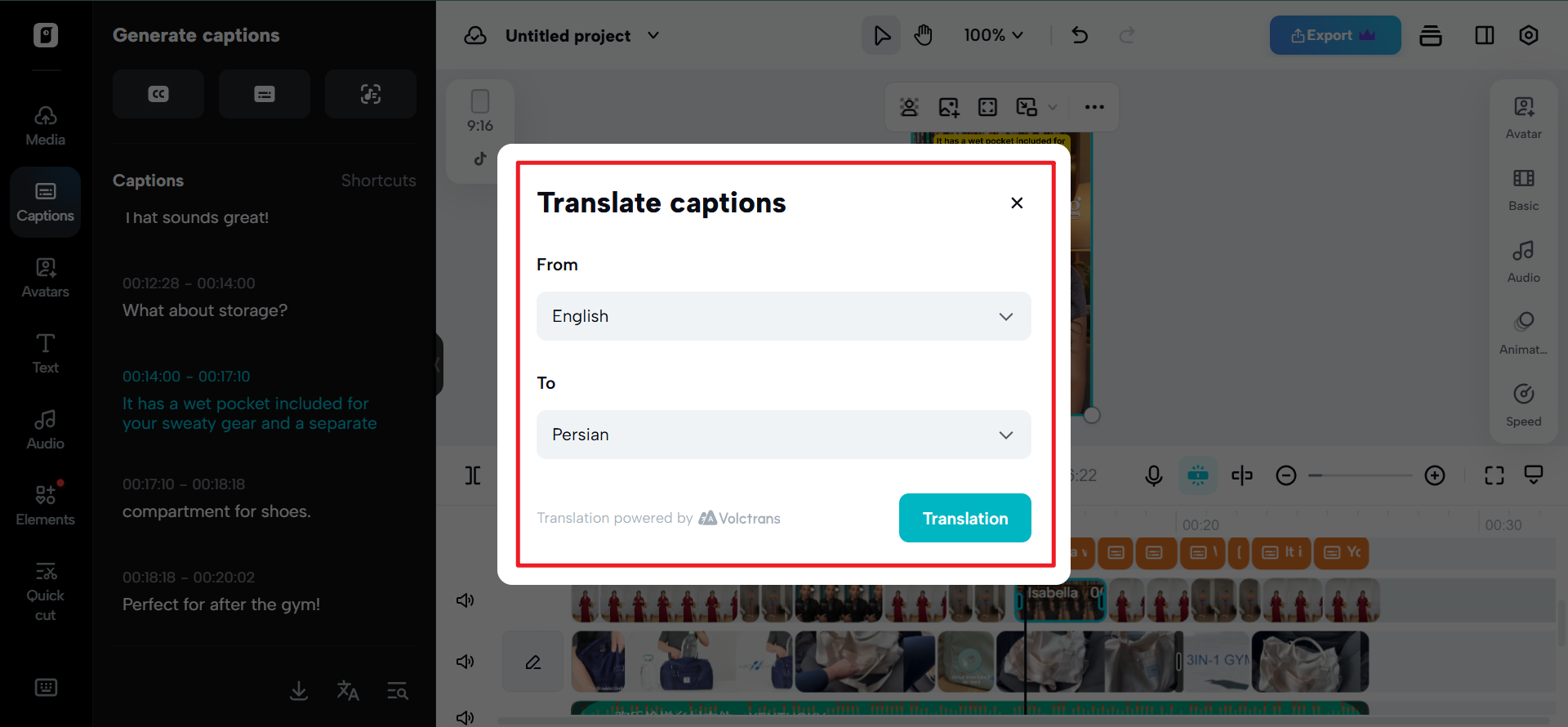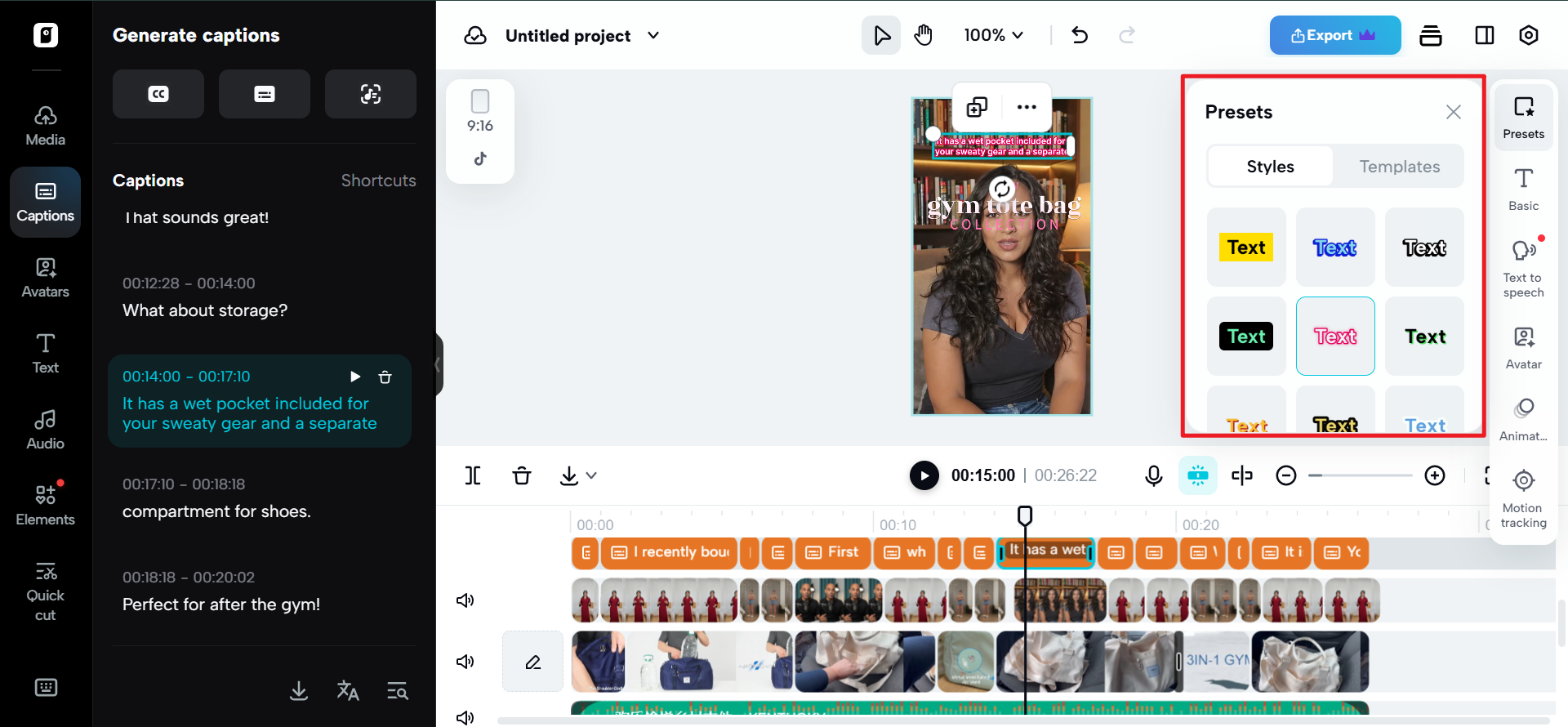Laughter is universal, right? Well, no. A joke that will get an American audience giggling will leave a Japanese crowd scratching their heads—worse, make them cringe. Sarcasm, irony, puns, and timing all change across cultures. And for creators, that makes cross-border comedy a fine art.
That’s where Pippit comes in. Using equipment such as the AI video generator, you can write content that adjusts—not only visually and linguistically but also comedically. Because comedy is delicate: mess it up, and your entire campaign tanks; get it just right, and you’ve achieved world virality.
Let’s get into the travel of jokes, how they break down, and how you can keep your punchlines intact regardless of passport.

Table of Contents
- 1 Why jokes fall flat when they cross boundaries
- 2 Humor’s secret ingredients: timing, tone, and culture
- 3 When machines encounter comedy
- 4 Sarcasm without the bite
- 5 Irony and cultural mirrors
- 6 Translating punchlines using Pippit: three lighthearted steps
- 7 Meme humor and the unwritten language of the internet
- 8 Why laughter is worth the effort
- 9 Conclusion: Let Pippit make your jokes global
Why jokes fall flat when they cross boundaries
Joke-telling exists on the edge of nuance. The timing before the punchline, the double meaning in a word, the cultural reference buried in a line—all depend on a shared context. Remove the context, and the joke is gone.
Consider sarcasm. In English, it lives and dies on tone. But in other languages, sarcasm is not perceived as humor—perceived as insult instead. Wordplay is even more problematic: a pun based on English homophones never translates well into another language. Suddenly your witty one-liner is merely… confusing.
This is not to say jokes can’t cross borders. It is to say they require creative translation, the way poetry or song lyrics do.
Humor’s secret ingredients: timing, tone, and culture
Three factors kill or create global jokes:
-
Timing: A pause that seems side-splitting in one culture can feel awkward in another.
-
Tone: Irony can fall as playful in a different language but as rudeness in another.
-
Culture: Allusions to television programs, sports, or politics can baffle audiences who don’t possess the same map of culture.
That’s why humor translation is not a matter of word-for-word replacements. It’s a matter of rewriting with the same spirit and vigor, but in a manner that the audience will understand without losing their gait.
When machines encounter comedy
Humor has long been regarded as impossible to translate—but times are changing. AI solutions can fill the gap, not by providing flawless jokes in isolation, but by providing the creators with the freedom to experiment, rework, and rewrite. With tools like lip sync AI, re-dubbed or re-recorded punchlines need not appear artificial, timing and delivering to performers. Tech takes care of mechanics, allowing you to work on what matters most: getting people to laugh.

Sarcasm without the bite
Sarcasm is particularly difficult because it is dependent on tone, rather than content. A sarcastic remark in English may translate word for word into another language and suddenly become aggressive. That’s when producers need to make a choice—do I leave the sarcasm and run the risk of misunderstanding, or rephrase it as playful hyperbole that will hit home?
Good translators understand: occasionally the punchline isn’t in the words. It’s in the way the line is delivered. That’s where dubbing and revoicing are important in the same way as text.
Irony and cultural mirrors
Irony relies on an audience being aware of the difference between what is said and what is meant. That difference is not the same everywhere, though. It is appreciated in cultures that value straightforward speech. It falls flat in others. In some, it can even be rude.
Redefining irony as culturally equal is the solution rather than eliminating it. Perhaps a visual joke is more effective than a line. Perhaps an exaggerated whim is more effective than deadpan. Humor thrives by changing form.
Translating punchlines using Pippit: three lighthearted steps
Step 1: Launch Quick Cut through Pippit’s video generator
Go to the Video Generator after logging into your Pippit account. To launch the editing studio, choose Quick Cut from the menu on the left. This is your comedy lab, where punchlines and setups are given fresh expressions and accents.

Step 2: Include your video, then translate and auto-caption it
Let Pippit work its magic when you upload your video file. Press Auto Captions to automatically create subtitles, then click Translate to make those jokes into another language. The timing and beat remain intact, and it’s simpler to fine-tune timing for maximum laughter.

Step 3: Text-to-speech, audio cleanup, and export
To voice all translated lines, click Text to Speech and select Apply to All. In the audio panel, split the original track and delete it so as not to overlap.

When your multilingual comedy edit is done, simply click Export—your jokes are now export-ready to travel the world without losing their appeal.

Meme humor and the unwritten language of the internet
All humor does not reside in words. Memes, reaction faces, and slapstick videos frequently contain humor that goes beyond language. But even in these cases, timing, captions, and overlays are crucial. A meme that is absolutely hilarious in one culture can be meaningless in another if the audience is unfamiliar with the reference image or source.
It’s where tools like an online video translator come in – flexible tools that assist creators in rebuilding not only words, but the rhythm, subtitles, and context of a joke. Rather than trying to impose the original upon the new audience, they reassemble the humor to make sense to them.
Why laughter is worth the effort
It takes time to adapt to humor. It’s simpler to just stay with safe translations that stay literal. But safe doesn’t go viral. Humor is riskier, sure, but it’s also stickier. A well-crafted punchline leaves audiences feeling smart, connected, and charmed—all feelings that compel shares and loyalty.
Brands that invest in transcreating humor demonstrate they’re not speaking at people, but laughing with them. And laughter, regardless of the language, wins trust more quickly than nearly anything else.
Conclusion: Let Pippit make your jokes global
The hardest thing to translate is definitely humour, but it’s also the most satisfying. A campaign that makes audiences laugh in both New York and Nairobi doesn’t just capture attention—it captures hearts. But to achieve this, you require more than word-for-word translation. You require timing, tone, and cultural sense.
That’s where Pippit comes in. From AI video creation to translation, dubbing, and syncing features, Pippit ensures that your punchlines pack the same punch everywhere. Sarcasm, irony, or meme-fueled punchlines – your humor doesn’t need to lose its way when translated.
If you’re ready to make audiences laugh across languages, let Pippit be your backstage crew. Because a joke is only as good as the laugh it earns—and with the right tools, that laugh can echo around the globe.

